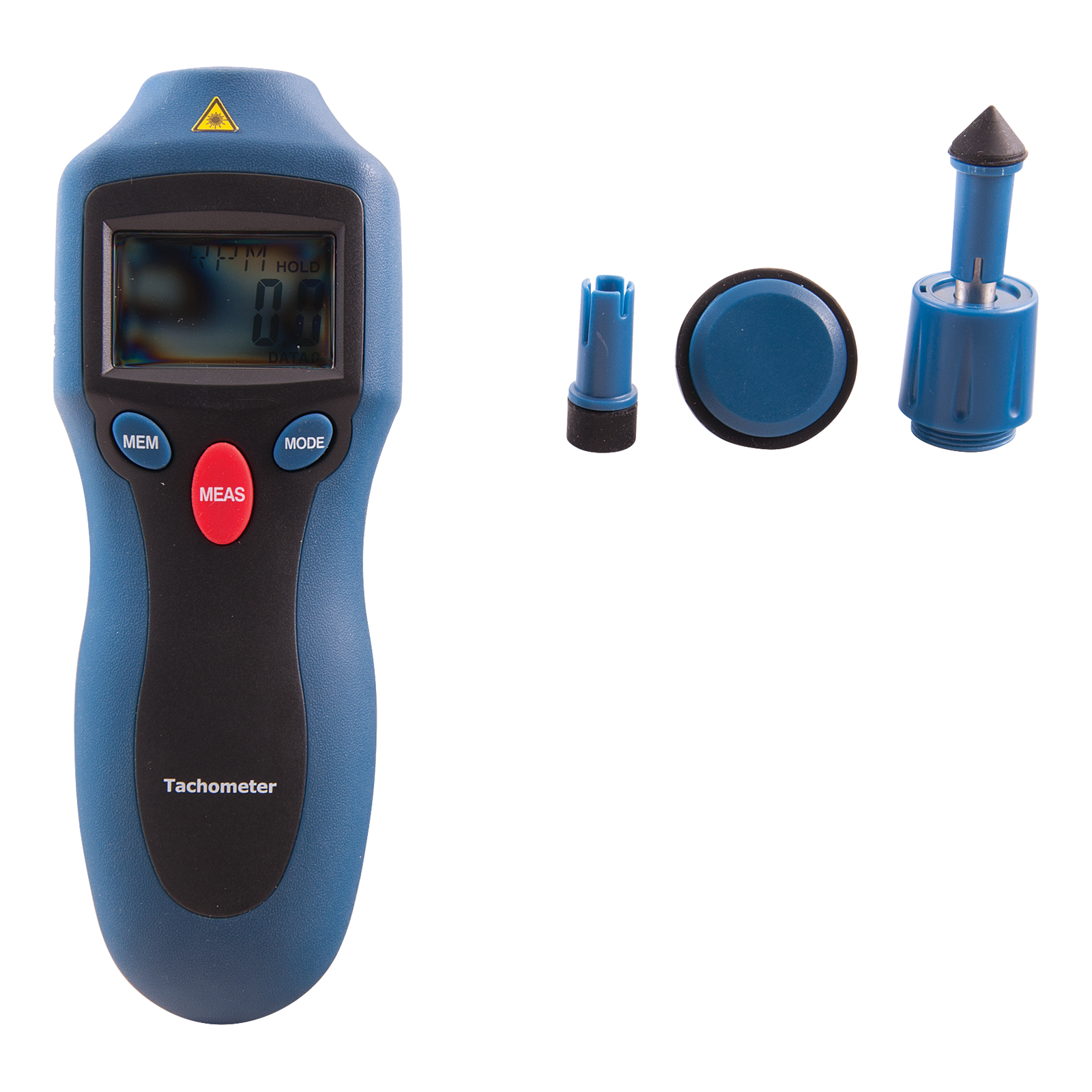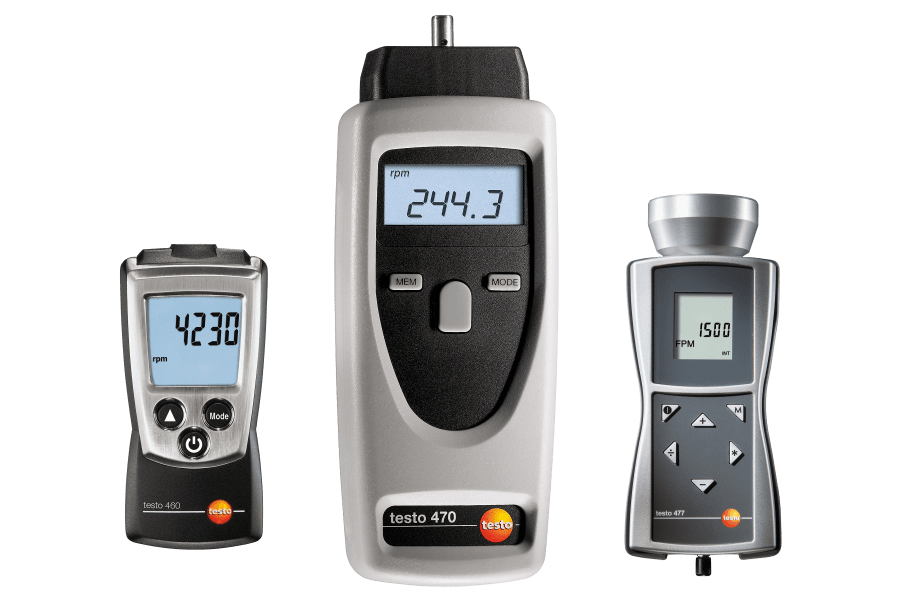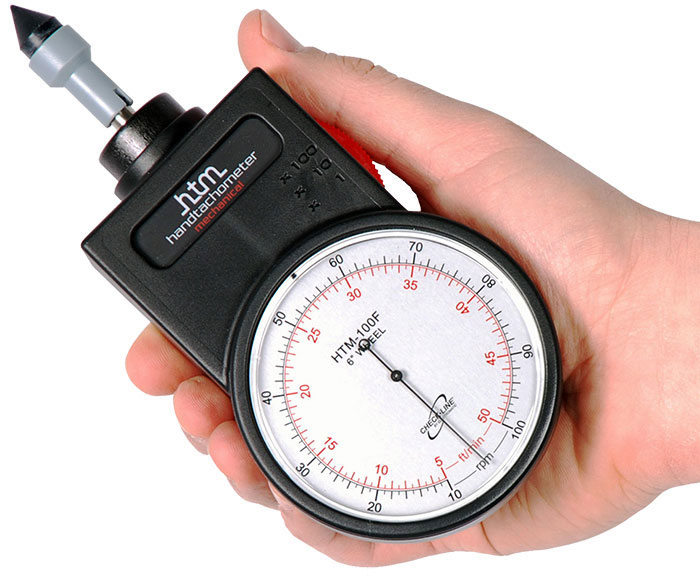Just How a Tachometer Aids Display Engine Health and Performance
Just How a Tachometer Aids Display Engine Health and Performance
Blog Article
The Significance of a Tachometer in Checking Engine Speed and Performance in Automotive Applications
In the world of automobile engineering, the tachometer stands as a pivotal instrument in the vehicle driver's toolbox, offering a straight window right into the inner operations of a car's engine. Past its function as a plain gauge of transformations per minute (RPM), the tachometer acts as a critical tool for fanatics and experts alike, using real-time insights right into engine efficiency and health. Recognizing the significance of this device surpasses surface-level observations, diving right into the detailed partnership in between engine speed, power output, and general driving experience. As we discover the complex function of the tachometer in auto applications, a deeper admiration for its effect on car characteristics and effectiveness begins to arise.
Value of Keeping Track Of Engine RPM
Checking engine RPM, or transformations per minute, is a critical aspect of auto upkeep and performance analysis. Engine RPM directly associates with the speed at which the engine's crankshaft turns, suggesting exactly how rapidly the engine is running.
In addition, keeping an eye on engine RPM is necessary for efficiency analysis in auto racing and high-performance vehicles. In recap, monitoring engine RPM is not just vital for detecting issues however additionally for enhancing engine efficiency in various automotive applications.

Advantages of Real-Time Information
In automobile applications, real-time information plays a vital duty in giving instant understandings right into the performance and condition of the car. By continually keeping track of various criteria such as engine rate, temperature level, fuel consumption, and more, real-time data uses many advantages that add to boosted efficiency and safety and security when driving.
One substantial advantage of real-time data is its capacity to alert drivers and professionals to any kind of abnormalities or problems immediately. This proactive method enables quick recognition of potential troubles, permitting timely treatments to stop further damage or malfunctions. Furthermore, real-time information helps with performance optimization by offering instant comments on driving routines and engine effectiveness. Motorists can adjust their behavior in real-time based on this details to accomplish far better gas economic climate and prolong the life expectancy of their vehicle.

In addition, real-time data plays an important role in modern-day vehicle diagnostics, allowing service technicians to promptly identify and attend to breakdowns. This brings about decreased downtime, reduced maintenance prices, and eventually, improved overall vehicle reliability and longevity (tachometer). By harnessing the power of real-time data, automobile stakeholders can make enlightened choices that favorably impact both the efficiency and longevity of the automobile
Effect on Equipment Shifts
Effective equipment changes in automobile applications significantly affect overall efficiency and driving experience. The tachometer plays an essential role in enhancing equipment changes by supplying real-time engine speed data to the chauffeur. When coming close to read this article the redline on the tachometer, it signals the motorist to upshift to avoid over-revving the engine and creating prospective damage. On the other hand, downshifting at the right minute can assist maintain the engine in its power band, ensuring receptive velocity when required.
Moreover, the tachometer help in achieving smoother gear changes, specifically in hand-operated transmissions. By checking engine rate, motorists can carry out gear shifts at the optimal RPM variety, minimizing jerking activities and minimizing wear on the transmission components. This accuracy in gear adjustments not only improves driving convenience but likewise adds to sustain efficiency.
Enhancing Fuel Effectiveness
Offered the crucial function the tachometer plays in optimizing equipment changes for performance and engine health and wellness, it straight adds to optimizing gas effectiveness in automotive applications. By providing real-time comments on engine rate, the tachometer aids chauffeurs in maintaining the most effective RPM range for gas economy. When chauffeurs continually keep an eye on the tachometer and adjust their motoring habits accordingly, they can prevent unnecessary gas intake brought on by over-revving or carrying the engine.
Furthermore, the tachometer aids drivers determine the most fuel-efficient equipment to be in at any provided minute, protecting against the engine from working more challenging than needed. In verdict, the tachometer serves as a beneficial device in boosting gas effectiveness by advertising optimal driving practices and determining locations for enhancement in the automobile's performance.

Taking Full Advantage Of Engine Long Life
The tachometer's duty in checking engine speed and performance is crucial try this web-site in guaranteeing the durability of auto engines. By using the tachometer successfully, chauffeurs can enhance engine long life through mindful RPM monitoring. Regularly revving an engine also high can cause too much wear and tear on important components, such as the pistons, valves, and bearings. In time, this can result in reduced engine efficiency and prospective malfunctions. Checking the tachometer permits motorists to stay within the recommended RPM array for their car, preventing unneeded stress on the engine and expanding its life expectancy.

Final Thought
Finally, the tachometer plays an essential role in monitoring engine speed and performance in automotive applications. By offering real-time data on RPM, it permits efficient gear click here for more changes, enhanced fuel efficiency, and optimized engine longevity. This device is crucial for keeping ideal engine performance and guaranteeing the general performance of a vehicle.
Report this page